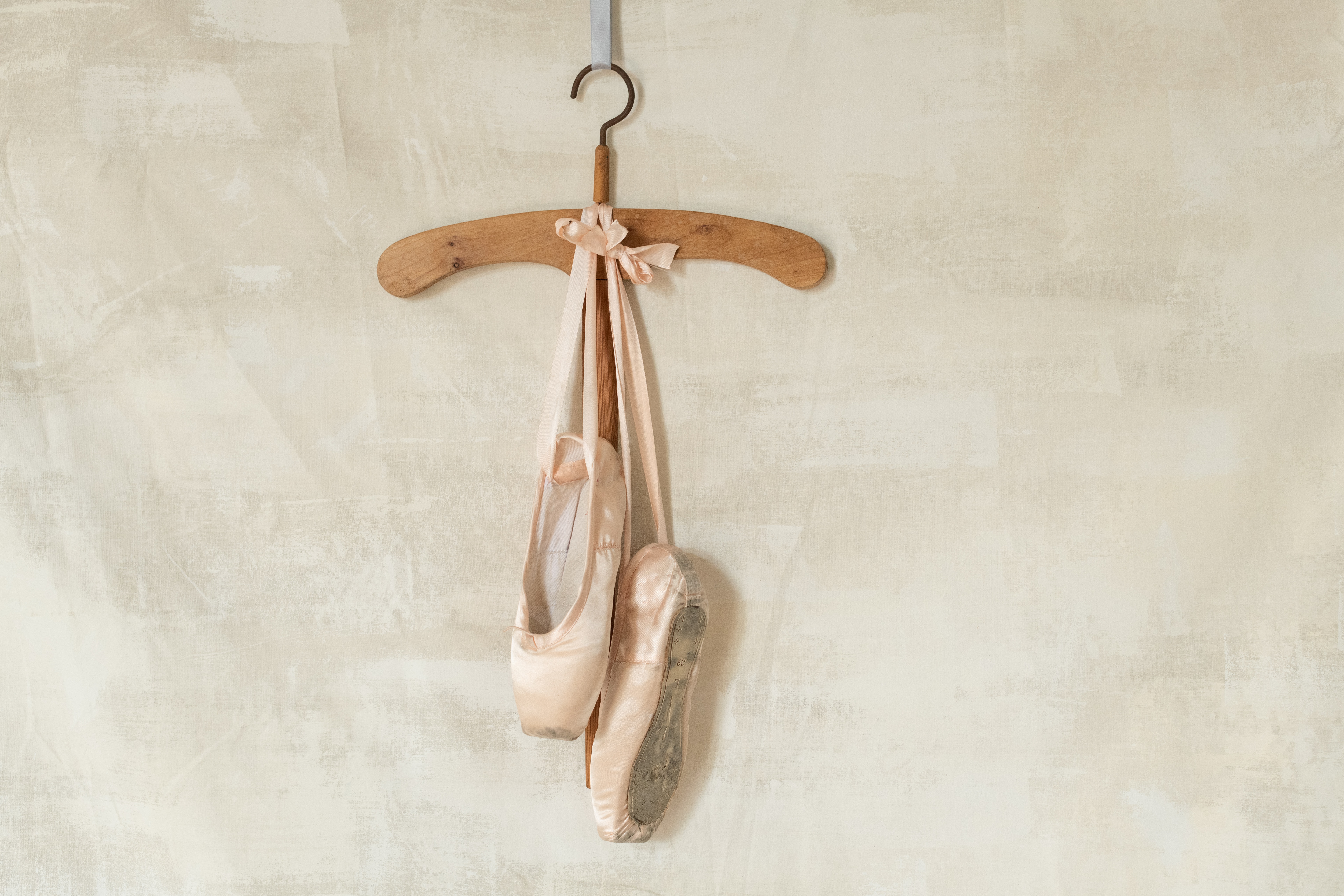
26 Jul Recovery: The fitness trend you need to master
As dancers, we want our take our bodies to a place of optimal performance. Cross-training, running, pilates, and the like are sources of variable strength training to take our muscles to new levels. But there is more to a complete level of fitness than just reducing fat and solidifying the body. Recovery is as essential as all of this. We wear monitors to track our sleep, use state-of-the-art gadgets to reduce soreness, and even take fitness classes that are dedicated to rest. These are not just trends, this is a necessity.
Studies have shown that to reach peak performance, there has to be an equalizing of both exercise and recovery. When we exercise, this stresses the muscles causing small tears that only get rebuilt during rest. Recovery also allows for improved performance, permits time for our body to heal itself in preparation for the next training cycle, and decreases the risk of potential injury. Take a look at a few basic recovery essentials.
Cool Down
After an intense workout session, cooling down is a must. The cooldown brings fresh blood into areas to help with lactic acid removal while bringing your heart rate down to resting rate safely. Cooldown should address movement in all three planes of motion, include dynamic stretches/movements, strengthening exercises, and cardiovascular work.
Refuel and Hydrate
Nutritionists agree that both protein and carbohydrates are essential to recovery. Carbs restore your glycogen levels, which can get broken down for energy during exercise, and protein helps you rebuild your muscle tissue. You need to refuel and replenish with the right foods to recover. 30 to 60 minutes after dancing, eat something with at least a two-to-one ratio of carbs to protein since this is when your body rapidly restores its glycogen stores.
Hydration helps transport nutrients through the body so fluids need to be a must. It is common for people to drink sufficient amounts of water during exercise but this is often forgotten post-exercise and in the following hours or days. Every type of exercise you complete will result in some level of loss of fluid, and these fluids need to be replenished. Always keep your water jug near and refilled.
Sleep is Key
Lack of sleep can increase the risk of injury by decreasing balance and postural control which can lead to poor technique and decision making/cognitive performance. Those who are sleep-deprived are more prone to injuries. This is because it is when you reach the deepest stages of sleep, that your body produces hormones that accelerate tissue repair. In reality, you are just building strength in your sleep. Research has also shown that sleep is a major factor in being injury resistant, instead of injury-prone. Get at least 8 hours of sleep a day so you can see your overall improvement.
